Introduction
Arcades weren’t just places for entertainment; they were carefully crafted businesses built on an innovative income model. Central to this model were arcade coins and tokens, the lifeblood of a system that turned cabinets into revenue-generating machines. In this article, we’ll dive deep into the history, mechanics, and impact of the arcade coin model, exploring how it shaped the industry and gave rise to the golden age of gaming.
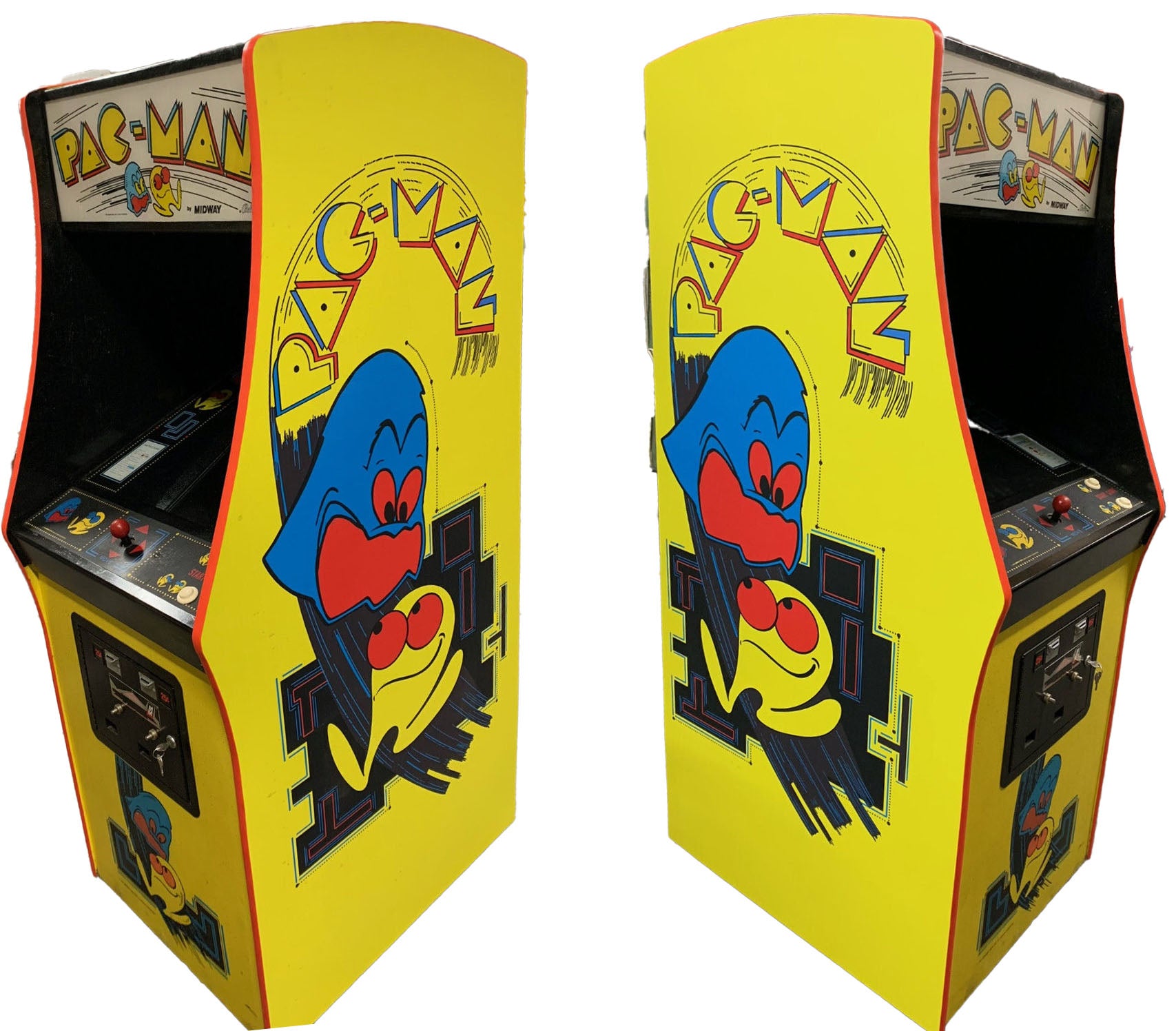
The Income Model of Arcade Cabinets
Arcade cabinets were designed around one fundamental idea: pay to play. Players inserted a coin, usually a quarter, to start a game. This simple concept was revolutionary, creating a new way for businesses to monetize entertainment.
How It Worked:
- Cost Per Play: A single coin typically granted one play. In the early 1980s, most games cost $0.25, though some high-end machines later charged $0.50 or $1.
- Revenue Flow: Popular games like Pac-Man and Space Invaders could draw hundreds of plays daily. At $0.25 per play, a machine could earn $25 a day, equating to around $750 monthly.
- Scalability: Arcade owners could multiply their income by installing more cabinets or replacing underperforming games with new hits.
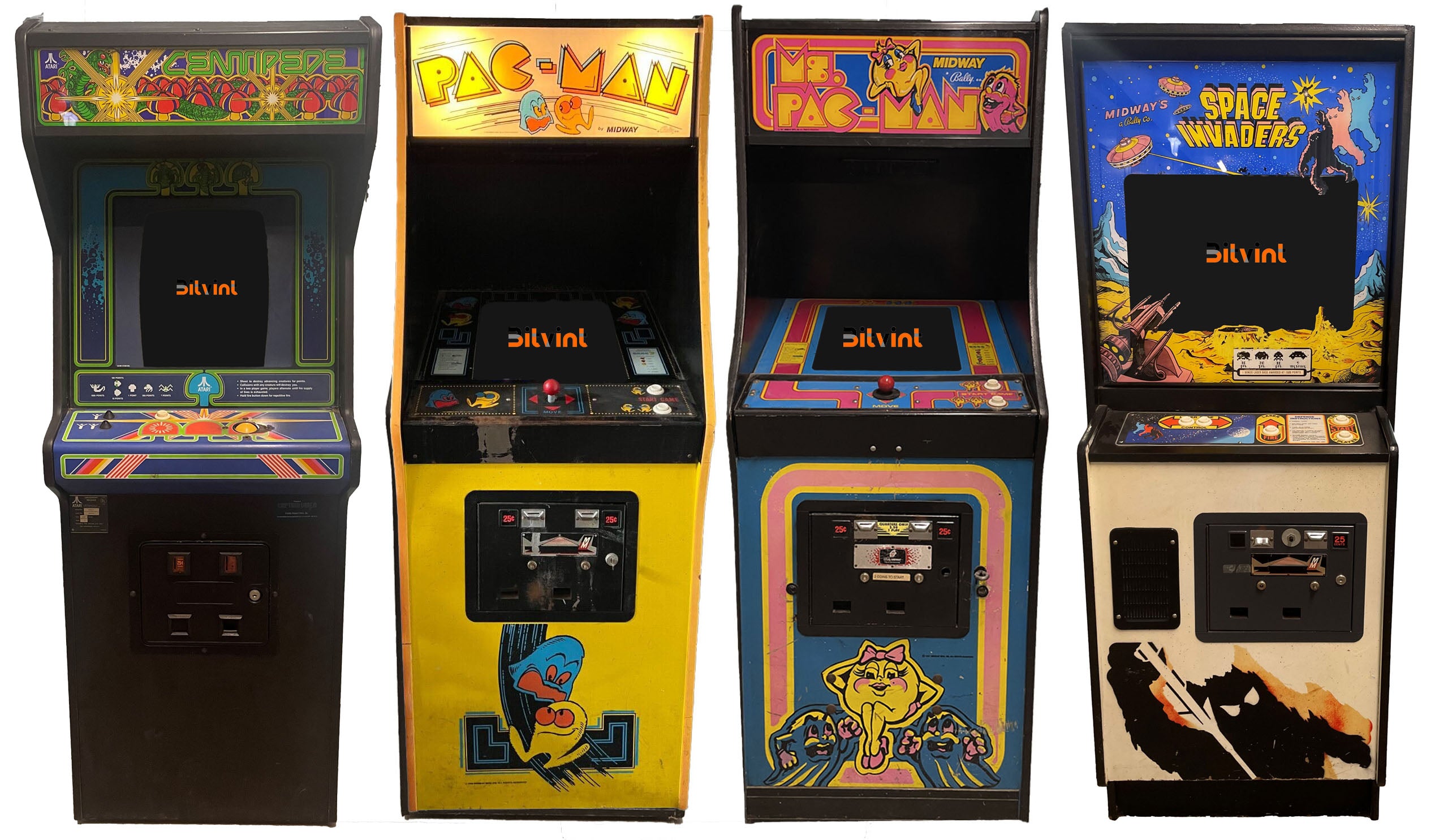
The Evolution of Arcade Coins and Tokens
Initially, arcade cabinets accepted national currency, but many operators transitioned to using proprietary tokens for practical and strategic reasons.
From Quarters to Tokens
- Simplified Operations: Tokens reduced the need to stockpile quarters and made accounting easier.
- Theft Deterrence: Unlike quarters, tokens had no value outside the arcade, discouraging theft.
- Branding Opportunity: Custom tokens often featured the arcade’s logo, turning them into miniature advertisements.
How Tokens Enhanced the Arcade Experience
- Player Incentives: Arcades offered deals like “$5 for 20 tokens,” encouraging players to spend more upfront.
- Locked-In Spending: Tokens kept money within the arcade, maximizing the chances of repeat plays.
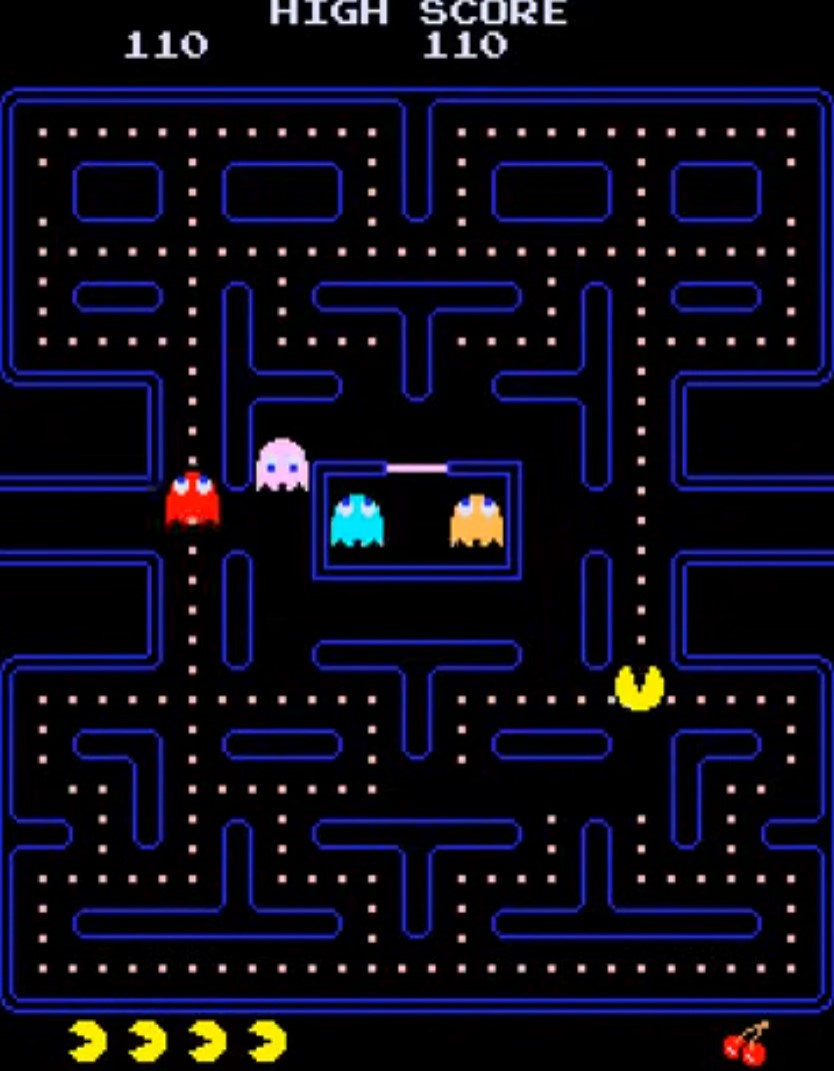
Strategic Placement: The Business of Cabinets
Arcade cabinets weren’t just placed anywhere; their locations were carefully chosen to maximize visibility and foot traffic.
Prime Locations:
- Shopping Malls: High footfall made malls ideal for attracting casual players.
- Bowling Alleys and Movie Theaters: These entertainment hotspots offered a ready-made audience.
- Standalone Arcades: In major cities, dedicated arcades became cultural landmarks, drawing crowds with dozens of machines under one roof.
The Golden Age of Arcade Gaming
The 1980s marked the golden age of arcades, with cabinets becoming cultural icons and financial powerhouses.
Revenue Explosion
By 1982, the US arcade industry was generating over $8 billion annually—more than the film and music industries combined. Games like Pac-Man and Donkey Kong drew massive crowds, with players lining up to test their skills.
Iconic Titles That Drove Revenue:
- Pac-Man (1980): A global phenomenon, earning over $1 billion in quarters.
- Space Invaders (1978): Revolutionized gaming with its high-score system, keeping players coming back.
- Defender (1981): A challenging classic that rewarded skilled players, encouraging repeat plays.
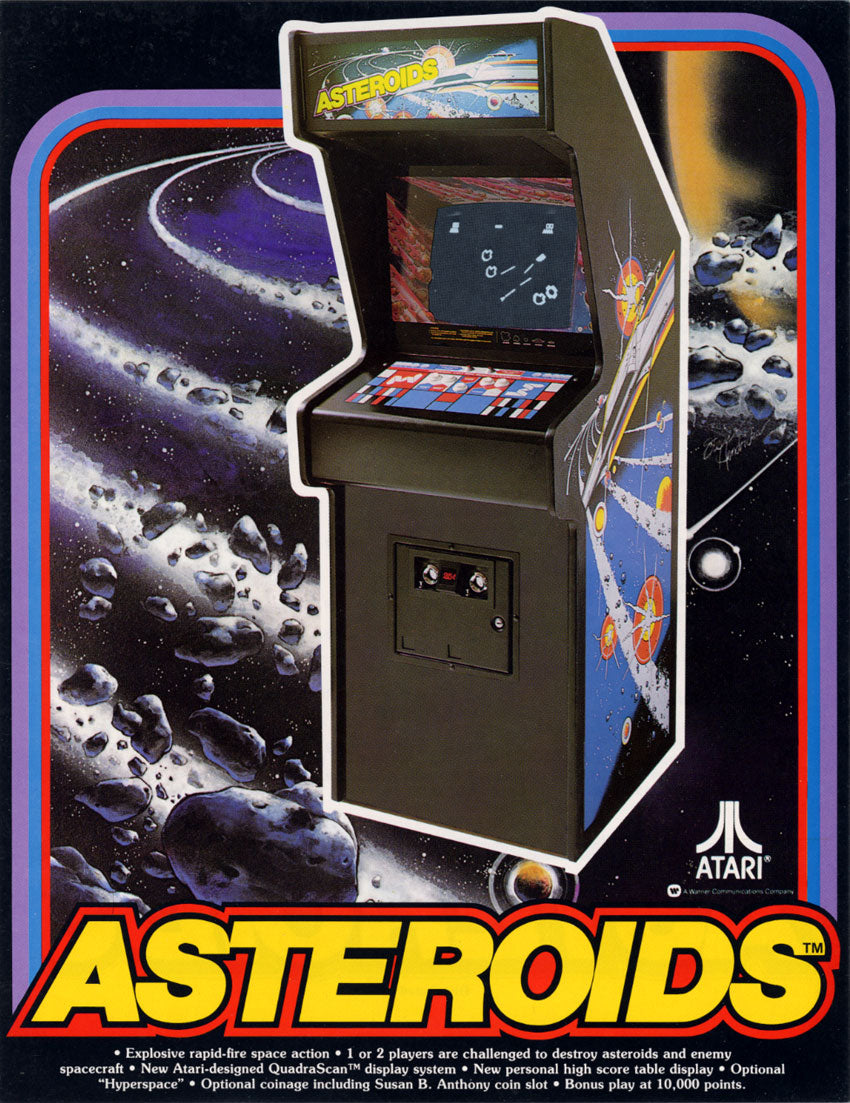
The Decline of the Coin-Operated Model
The rise of home consoles like the NES (1985) and Sega Genesis (1989) began to eclipse the arcade experience, offering unlimited play for the price of a cartridge.
Challenges to the Model:
- Home Entertainment: Players could now enjoy high-quality games without leaving their homes.
- Economic Pressures: Operating costs for arcades increased, while competition from home consoles drove down profits.
- Oversaturation: A flood of low-quality arcade games diluted the market, turning players away.
The Legacy of Arcade Coins
While traditional arcades declined, the coin-operated model left a lasting legacy:
- Nostalgia and Collectibility: Vintage arcade tokens are now collector’s items, cherished by enthusiasts for their history and design.
- Modern Adaptations: Some arcades still use tokens for their nostalgic value, while others have shifted to digital credit systems or card swipes.
- Cultural Impact: The arcade business model laid the foundation for microtransactions and pay-to-play systems in modern gaming.
Fun Facts About Arcade Coins
- The $1 Billion Game: Pac-Man was the first video game to generate over $1 billion in revenue from quarters alone.
- Custom Tokens: Many arcades created limited-edition tokens, which are now highly sought after by collectors.
- Token Recycling: Some arcades recycled damaged tokens into new designs, creating rare variations for collectors to discover.
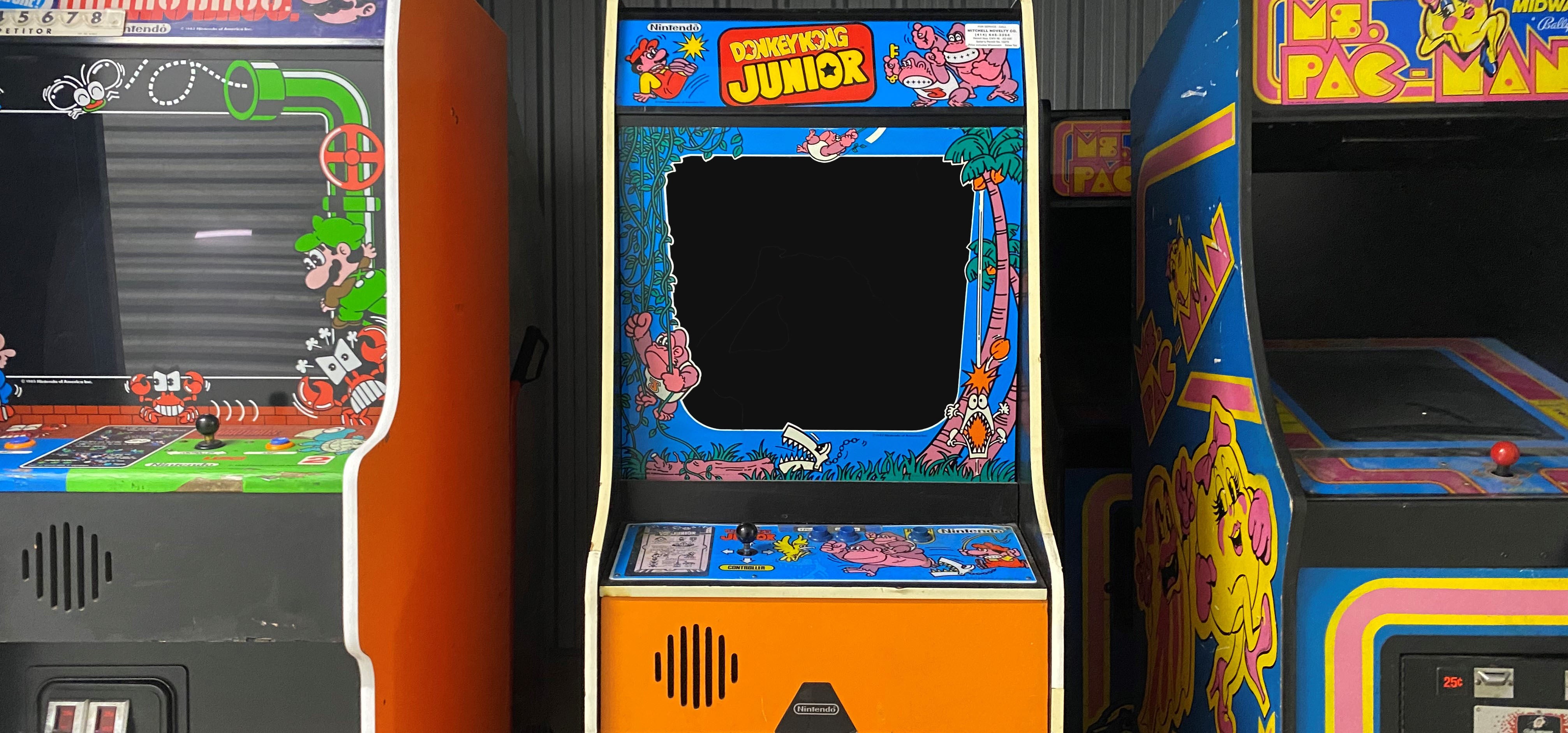
Conclusion: More Than Just Coins
Arcade coins and tokens were the lifeblood of a revolutionary business model that defined an era of entertainment. They weren’t just a means of play—they represented a thriving industry that brought people together, inspired innovation, and left a legacy that continues to influence gaming today. Whether you’re a nostalgic fan or a collector, arcade coins are a reminder of the golden age of gaming, when every quarter promised a world of fun.
Want to explore further? Try these awesome sites:
- World Economic Forum's History of Gaming article
- Reddit on how much an arcade makes
- Arcade Heroes Youtube Video on arcade profitability
- Vintagearcadegal's article on the rising cost of collecting arcade games

